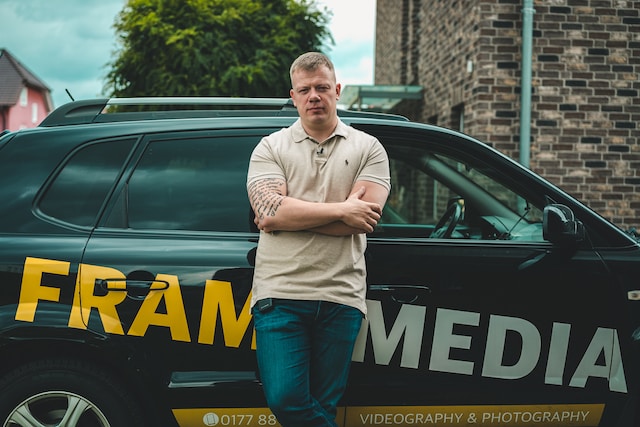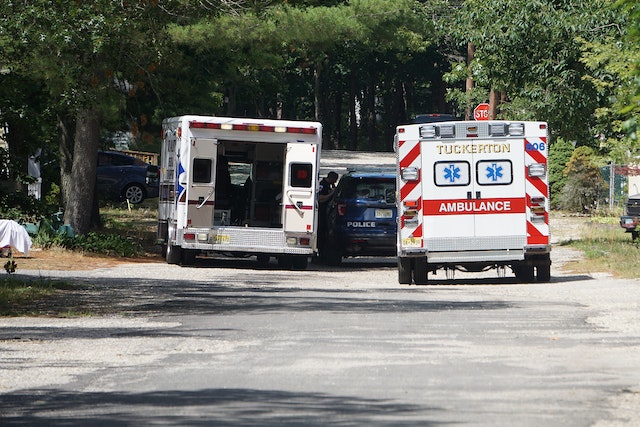In a car-dominant society, vehicle wraps offer a cost-effective way for businesses to advertise locally. Your vehicle can become a roadside billboard, drawing attention to your business from a constantly changing audience.
Color is one of the most critical factors in vehicle wrap design. The right colors can evoke emotions and feelings in your viewers and help you accomplish your advertising goals.
Color Theory
As the vehicle wrap industry grows, it’s important to keep color theory in mind. The colors you choose can evoke emotions and feelings, which can be very important for branding and marketing.
When creating eye-catching designs, you must identify the key message you want to convey and stick to it throughout the design process. It’s also helpful to have your brand logo and color scheme in mind so that the final vehicle wrap design is consistent with your overall branding.
For example, a business owner who uses red in their branding may want to use the same color on their commercial vehicle wraps Austin, as it can elicit a sense of urgency and appetite. On the other hand, a company that wants to communicate creativity and optimism might use orange on its wraps. In addition, it’s always a good idea to use vector artwork on vehicle wraps, as this can be scaled without becoming pixelated or blurry.
Color Contrast
When creating your vehicle wrap design, consider color contrast. This will help your information stand out from the background, making it easier for consumers to read. Also, make sure to choose a font that is easy to read, especially from 10 feet away. Most vehicle wraps will be viewed from this distance, and if the text is too small, it can become blurry or hard to read.
In addition to enhancing readability, using high-contrast colors will ensure your message is visible to people who are color blind. This is important because color blindness affects 1 in 12 men and 1 in 200 women in the United States.
Following these guidelines, you can create a vehicle wrap that effectively communicates your brand’s message and conveys the impression you want to share. And if your wrap ever gets damaged, you don’t have to worry about repainting your vehicle because a professional can quickly repair or replace quality vehicle wraps.
Color Meanings
When designing a vehicle wrap, it’s important to remember that the colors you choose communicate something to viewers. They convey a message that helps viewers make snap judgments about the business and their products or services.
Brighter colors are more likely to draw attention, while duller ones are less eye-catching. Additionally, it’s best to use high color contrast in your wrap design so that the information you share is easily read and understood by other drivers.
Using color in your vehicle wrap design can also evoke specific emotions in viewers, such as optimism, creativity, and trustworthiness. For example, yellow communicates warmth and cheerfulness, while green suggests a commitment to eco-friendly practices. In addition, a colorful wrap can help create a feeling of nostalgia in your viewers.
Color Combinations
A well-designed vehicle wrap will boost your local business brand exposure at a relatively low marketing cost. Studies show that viewers recognize company names on wrap ads fifteen times faster than other advertising means, and 30 percent of people base their buying decisions on vehicle-wrap advertisements.
A key to designing an effective vehicle wrap is to use color combinations that capture attention and convey your message. For example, red stimulates appetite, so it’s an excellent choice for restaurants and food businesses. It also invokes passion and excitement, making it a perfect choice for businesses that need to stand out on crowded highways.
Another critical consideration is using high color contrast. Complementary colors are opposite on the color wheel and work well together. Using complementary colors helps your wrap design pop and can make it more readable for people with color blindness. This is why many famous brands and sports teams use high contrast in their designs.





